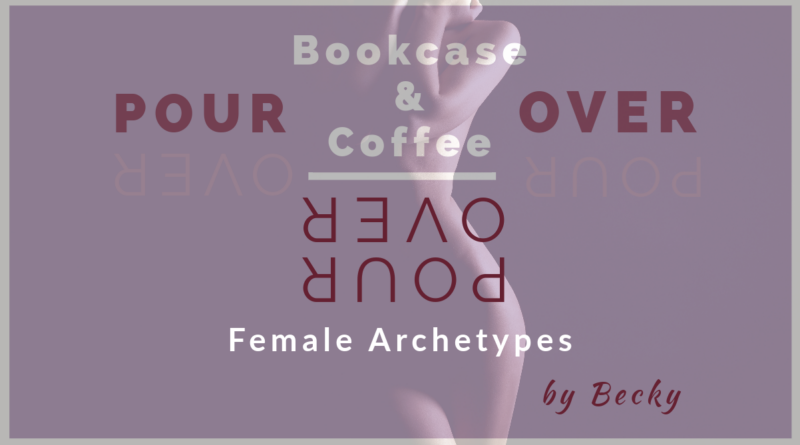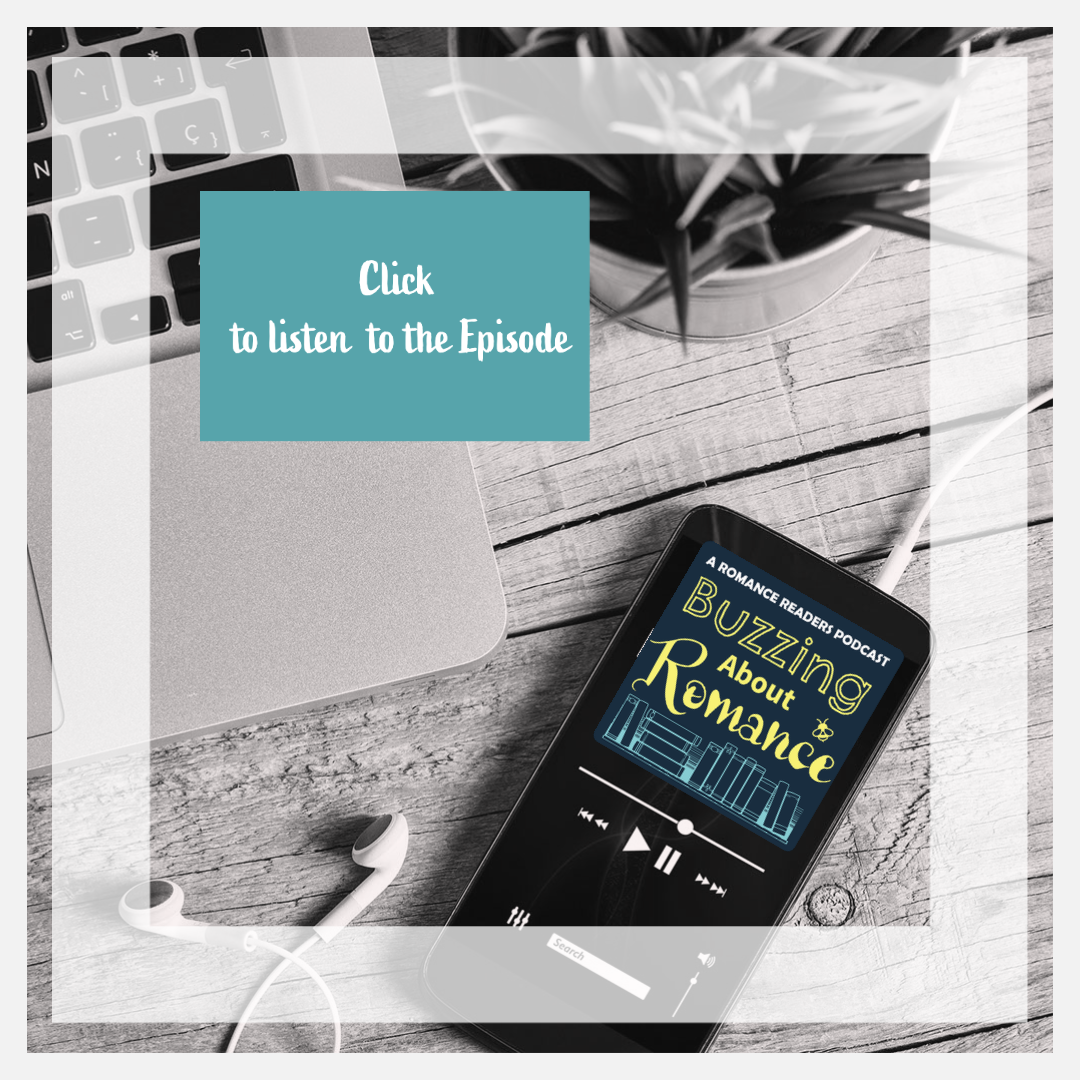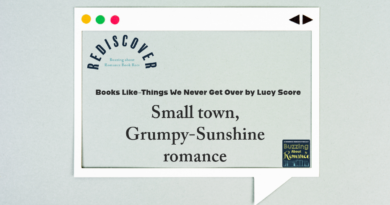Let’s Learn the Female Archetype
What is a female archetype?
The term “female archetype” refers to a recurring and universally recognizable character or persona that embodies certain traits, qualities, and roles associated with women in literature, mythology, and culture. These archetypes often reflect deep-seated cultural beliefs, values, and expectations about femininity. It’s important to note that individuals are complex and multifaceted, and not all women fit neatly into these archetypes.
As a heterosexual cisgender woman who enjoys reading romance novels, my attention is frequently drawn towards the hero and the various hero types, rather than the typical characteristics associated with heroines. It’s intriguing that we might not be as familiar with the precise terminologies for the various heroine archetypes. While designations like the Alpha or Beta Hero are readily recognizable, it’s worth considering whether we can readily identify corresponding female archetypes. Contemporary nomenclature has evolved, departing from the classical mythological references like the Goddesses, and for the purposes of this article, I will be utilizing the more modern classifications.
In fiction, female archetypes are recurring character patterns or roles that represent certain traits, values, or societal roles often associated with women. These archetypes can help create relatable and recognizable characters, but they can also perpetuate stereotypes if not developed thoughtfully. Here are some common female archetypes found in fiction:
**The Heroine:** This archetype is the protagonist of the story who embarks on a journey, faces challenges, and undergoes personal growth. She is often brave, resourceful, and determined, breaking away from traditional gender roles to achieve her goals.
**The Damsel in Distress:** This archetype is characterized by being in need of rescue or protection from the hero. While this archetype has been criticized for its passive portrayal of women, modern interpretations often subvert this trope by giving the character agency and independence.
**The Femme Fatale:** A seductive and mysterious woman who uses her charm and allure to manipulate others. This archetype can be morally ambiguous and often challenges societal norms.
**The Mother/Nurturer:** This archetype embodies qualities of caring, compassion, and selflessness. She often provides emotional support and guidance to other characters, and her nurturing nature can drive her actions throughout the story.
**The Warrior:** A strong, skilled fighter who defies traditional gender roles by excelling in combat and taking on leadership roles. This archetype challenges stereotypes by showing that women can be strong and capable warriors.
**The Mentor:** This archetype imparts wisdom, guidance, and knowledge to the protagonist. She is often an older and experienced figure who helps the main character on their journey.
**The Rebel:** A character who challenges authority, conventions, and societal norms. She can be outspoken, unconventional, and determined to break free from limitations placed upon her.
**The Ingenue:** A young, innocent, and often naive character who is discovering the world. This archetype may evolve as the character gains knowledge and experience.
**The Witch/Sorceress:** Often possessing magical powers, this archetype can be both feared and respected. She represents a connection to the mystical and supernatural.
**The Sidekick/Best Friend:** This character supports the protagonist and provides comic relief, emotional insight, or practical assistance. Her role is vital to the protagonist’s journey.
**The Queen/Ruler:** A powerful and authoritative figure who holds leadership and responsibility. This archetype can showcase strength and diplomacy as she navigates political and social challenges.
**The Unrequited Lover:** A character who pines for love that is not reciprocated. This archetype can bring depth to a character’s emotional journey and personal growth.
These archetypes can serve as starting points for character development, but it’s important to remember that complex and multidimensional characters are more engaging and realistic. Authors can use these archetypes as a foundation while adding unique traits, motivations, and experiences that make their characters stand out and challenge stereotypes.




